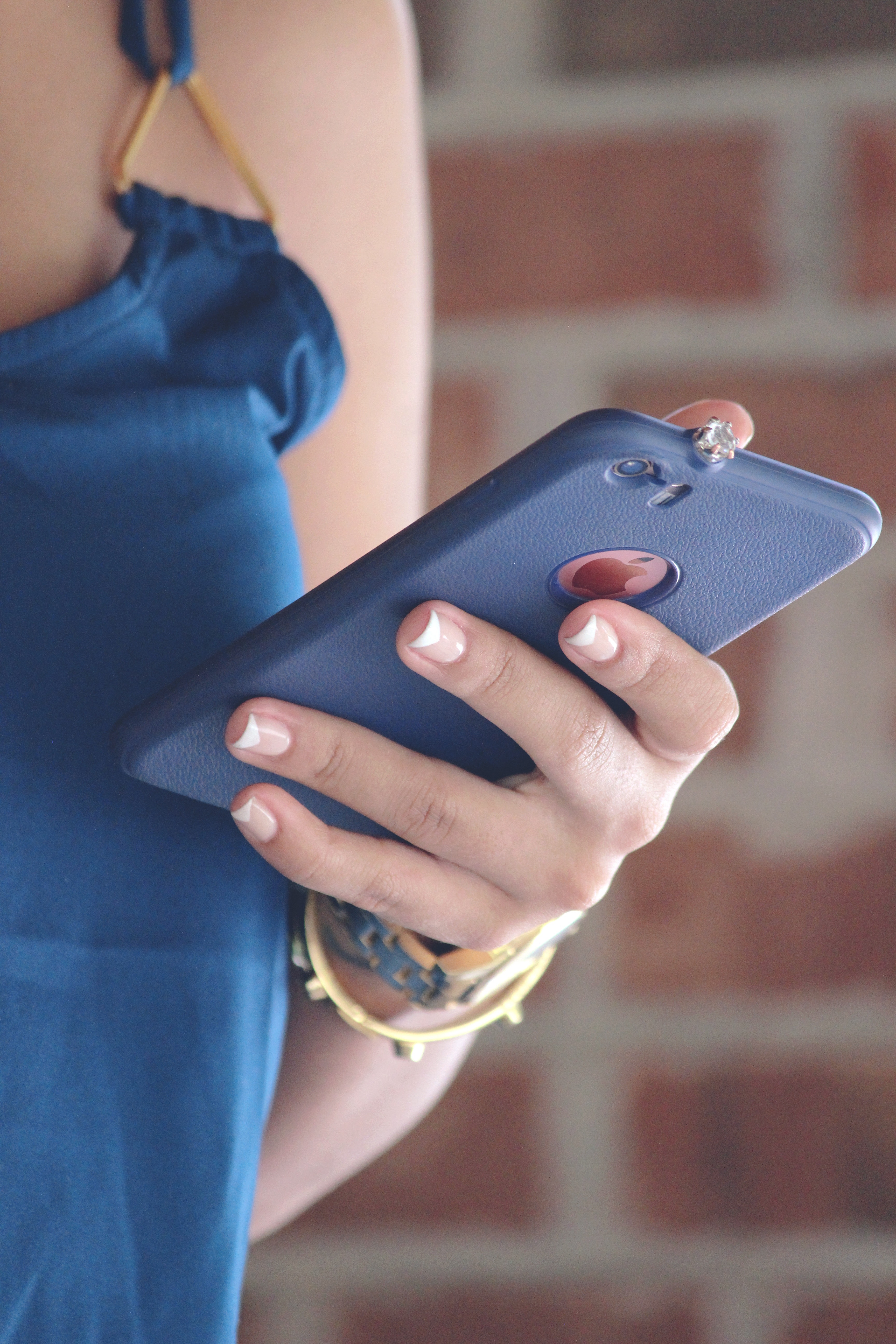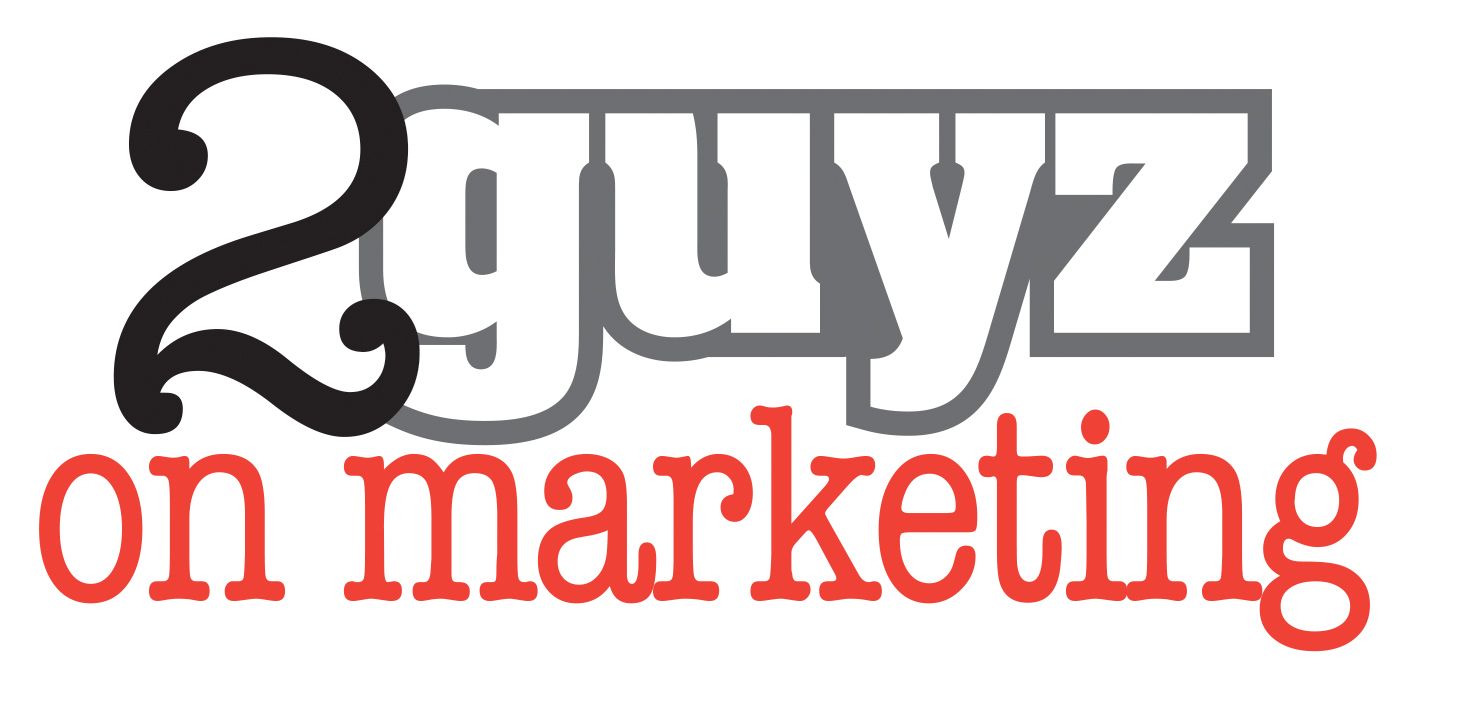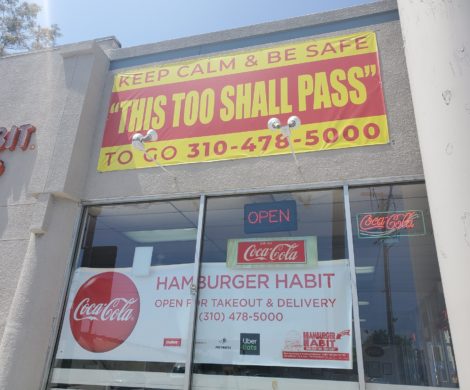Marketing and the Cash Vs. Mobile Pay Problem

In our reading and study, people and consumers are looking for simplicity in making payments, especially mobile payments.
In class we may use age as a differentiator. We’d ask students about age or generation and how technology-oriented they or their parents/grandparents are. These characteristics of age and technographics make a difference on use and usage of processes, apps, devices and more.
To take a step back, I remember it wasn’t that long ago…OK, my parents had to change from cash to credit cards in the 70’s and 80’s. That was a big deal then.
For the average person today, they are using more devices, obviously and way less cash. Ask the 2 Guyz: we surely are not using our wallet as much unless it’s to take out a credit card. And in the future the phone will be our first choice?
In class we ask “Are the apps and processes really always that easy? For everyone? For some it’s a no brainer. For others it’s a game ender.
What if you are having— PIN problems, looking for more security, the terminal at the bank is out of cash, waiting too long on the phone, the app crashes, the Wi-Fi goes down or the support person isn’t helpful? All of these tasks and activities influence sales and help define the user experience, or UX as we now refer to it. Think “People,” under the nine P’s of Marketing.
Almost all of us are using apps to pay for things, much of the time. It’s a big change. As an example, it’s pretty easy for most frequent customers to use Uber or Lyft. And to pay for your ride, easy street. But remember your first time, ride sharing. Paying? Not as easy. It is not for all consumers. Age does have an impact. The frequency of mobile payments drops with age.
As a Marketing professional or business owner, in the analysis of buying of products or services and in the paying of those products and services, you need to understand your “People” or market segments. To understand consumer buying behavior, marketing professionals utilize many characteristics, including demographics (such as age, family size, family life cycle, gender, income, occupation, education, religion, race, culture, generation, nationality, and social class), geographics, psychographics (buyers are on basis of psychological/ personality traits, lifecycle, values), behavioral characteristics (needs and benefits, decision roles, user and usage-related variables, occasions, user status, usage rate buyer-readiness stage, loyalty status, attitude and multiple bases) and technographics (potential buyers may or may not have the software and computer skills.
Think employees here too, which may be a vital component or important components in helping consumers with their “tech” problems.
All of these activities and tasks influence repeat visits and sales. Repeating processes make it easier, but there are hiccups along the way. For sure. These negative experiences influence shopper minds.
Plus, they may close the door for any later visits or additional transactions.
Are companies and retailers making it too hard for “consumers?” There are new apps/options. But are there too many mobile payment options? This reminded us that Martha Stewart a few years ago that there were too many different cords to charge our devices. With each app and platform comes with its own new processes.
Technology can improve lives but it can also let us down. Some consumers have stopped using mobile payments because retailers and banks and the apps lacked the tech to support cashless payments.





